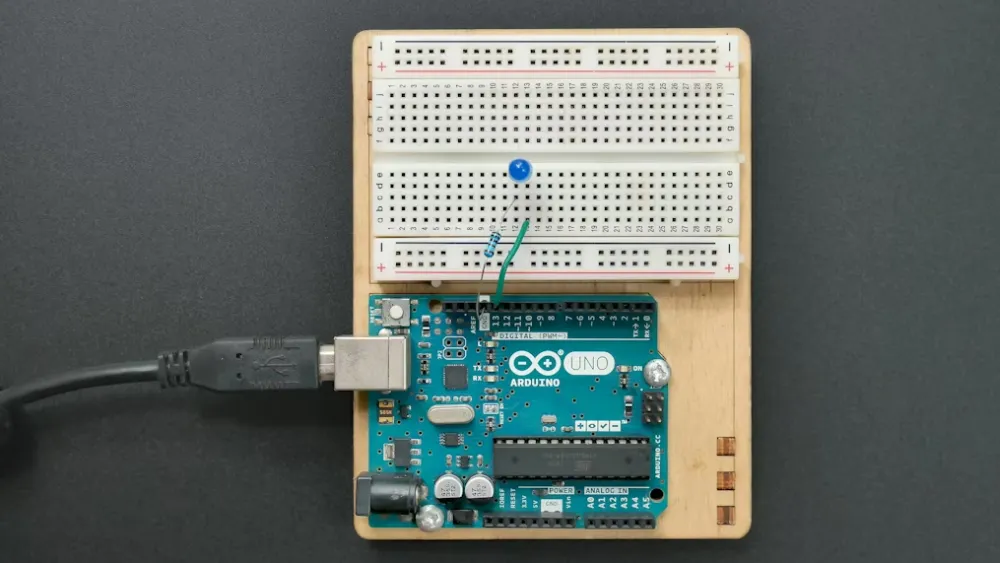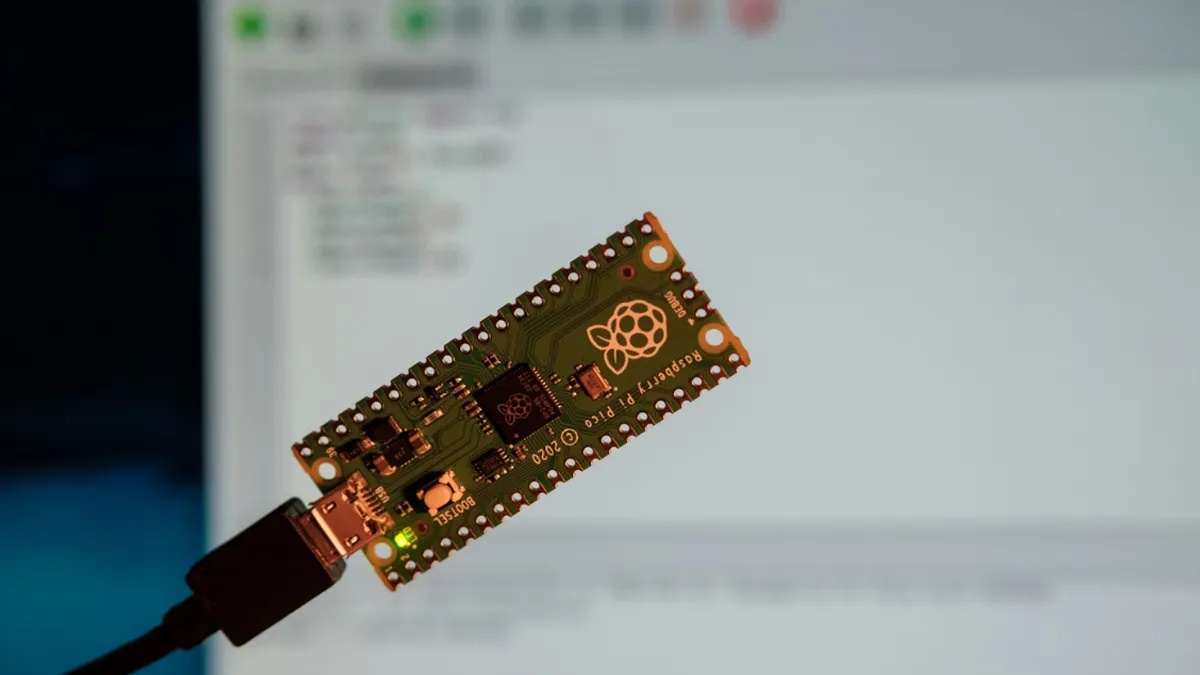
Introduction to UL60335 Standard Certification
UL60335 is an international safety standard for household and similar electrical appliances, based on the international standard iec 60335. It includes a series of requirements to ensure the safe use and design of household appliances. The coveRED products include:
1. Kitchen Appliances: MICrowave ovens, coffee machines, food processors, blenders, ovens, electric kettles, slow cookers, rice cookers, toasters, etc.
2. Cleaning Appliances: Vacuum cleaners, floor polishers, robotic vacuums, steam cleaners, etc.
3. Beauty and Personal Care Appliances: Hair dryers, hair straighteners, electric toothbrushes, shavers, foot baths, etc.
4. Air Conditioning Equipment: Fans, air purifiers, humidifiers, dehumidifiers, air conditioners, etc.
5. Heating Devices: Electric blankets, space heaters, electric heating appliances.
6. Laundry Appliances: Washing machines, dryers, electric irons, etc.
7. Personal Care Devices: Massagers, heating pads for health care, electronic thermometers, etc.
8. Entertainment Appliances: Audio equipment, DVD players, electronic musical instruments, etc.
9. Garden and Outdoor Appliances: Electric lawn mowers, chainsaws, high-pressure washers, etc.
10. Range Hoods and Air Filtration Equipment.
11. Refrigeration and Freezing Equipment: Refrigerators, freezers, water dispensers, etc.
12. Water Heaters: Instant water heaters, storage water heaters, etc.
13. Sewing Machines.
14. Heating Pads and Similar Flexible Heating Devices.
It is important to note that this list is not exhaustive. As technology advances and new devices emerge, the standard is continuously updated. Additionally, with the release of more detailed sections of the UL60335 standard, more product categories may be included.
Testing and Certification for Kitchen Appliances under UL60335
For kitchen appliances, testing and certification under UL60335 (Safety of Household and Similar Electrical Appliances) typically include, but are not limited to, the following steps and test items:
1. Marking and Instructions: Verify that the product markings are clear, durable, and that the user manual contains all necessary safety information.
2. Protection Against Access to Live Parts: Ensure users cannot accidentally touch live electrical components during normal use. This includes testing for enclosure integrity and protective measures.
3. Input Power and Current: Measure input power and current under normal and overload conditions to confirm compliance with rated values and design specifications.
4. Heating: Assess the appliance's heating behavior under normal and abnormal conditions to prevent overheating.
5. Leakage Current and Electric Shock Protection: Examine insulation and grounding measures to ensure leakage current is within safe limits, preventing electric shocks.
6. Abnormal Operation Testing: Simulate potential operational malfunctions such as blockages and overloads to verify the presence of protective measures like overheat protection, locking functions, or automatic shut-off.
7. Stability and Mechanical Hazards Testing: Check whether the appliance remains stable under different operational conditions, preventing tipping, rolling, or shifting. Mechanical strength tests ensure user safety from accidental injuries.
8. Durability and Aging Testing: Run the appliance for extended periods to observe signs of damage or performance degradation, determining product lifespan.
9. Voltage Surge Resistance testing: Verify that the appliance can maintain normal operation or remain safe when subjected to voltage surges.
10. Extension Cord and Overload Testing: Ensure additional connected cables or components do not cause safety hazards or affect device performance.
11. Moisture Resistance Testing: Evaluate the appliance's performance and safety under humid conditions.
12. Flammability and Fire Resistance Testing: Assess how appliance materials and components react to flames, including burn rate and flame-retardant properties.
13. Failure Mode and Effects Analysis (FMEA): Analyze potential risks associated with different failure modes, ensuring failures do not pose safety hazards.
14. Cleaning and User Maintenance Feasibility Testing: Assess whether the appliance can be safely cleaned and maintained as required.
(The above list is not exhaustive and may vary based on specific circumstances.)
Email:hello@jjrlab.com
Write your message here and send it to us
 How to get a D-U-N-S® Number for US FDA Registrati
How to get a D-U-N-S® Number for US FDA Registrati
 Household Massage Devices Compliance in the China
Household Massage Devices Compliance in the China
 Compliance for the Global In Vitro Diagnostic (IVD
Compliance for the Global In Vitro Diagnostic (IVD
 Compliance Guide for Nebulizers in European and Am
Compliance Guide for Nebulizers in European and Am
 Cybersecurity Certification Service for EU RED Dir
Cybersecurity Certification Service for EU RED Dir
 ANATEL Certification Compliance Guide for Brazil M
ANATEL Certification Compliance Guide for Brazil M
 Energy Storage Battery Brazil Inmetro Certificatio
Energy Storage Battery Brazil Inmetro Certificatio
 Southeast Asia Compliance Requirements for EV Char
Southeast Asia Compliance Requirements for EV Char
Leave us a message
24-hour online customer service at any time to respond, so that you worry!




